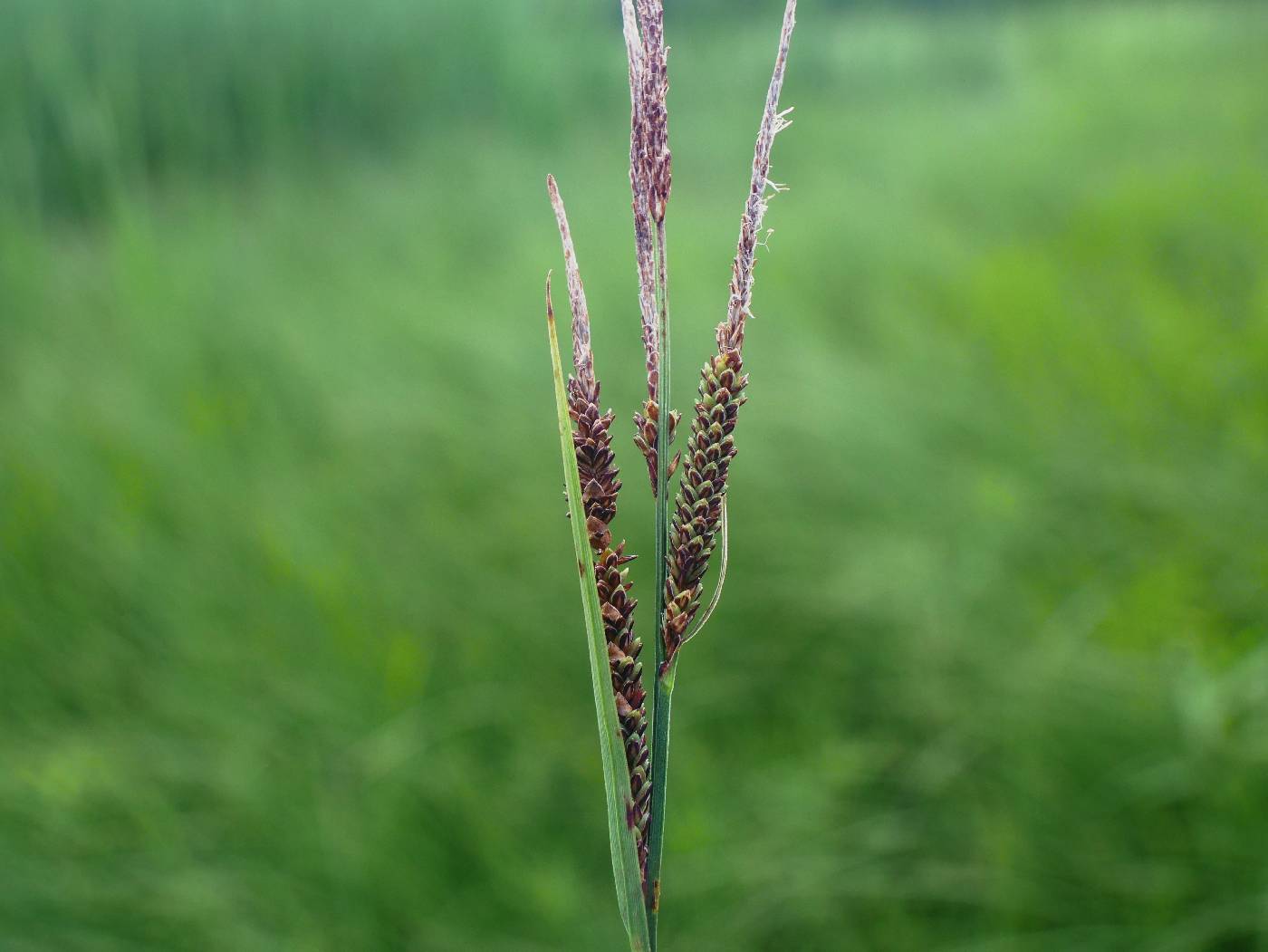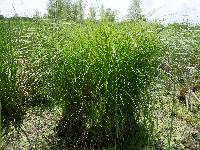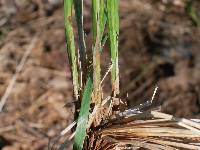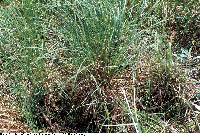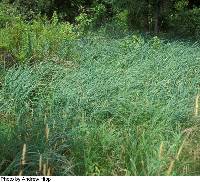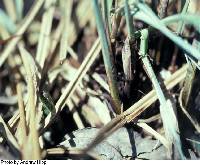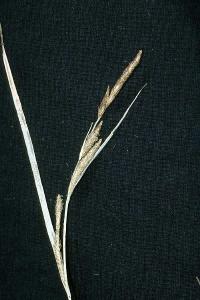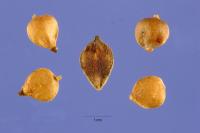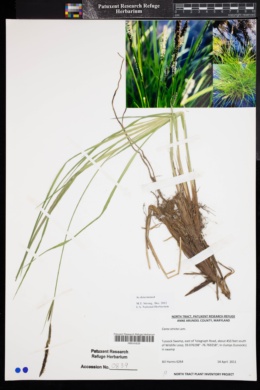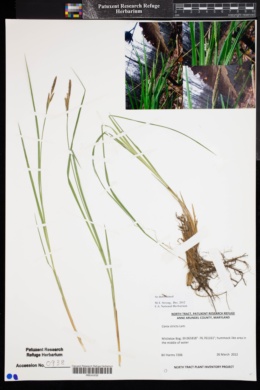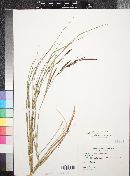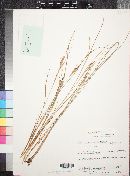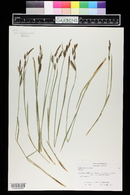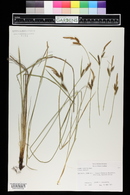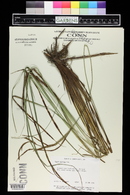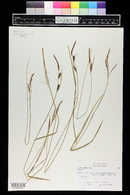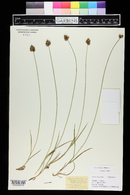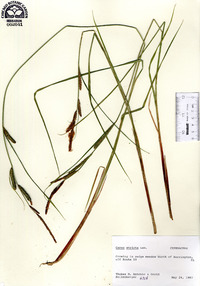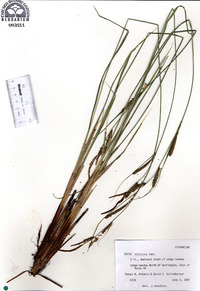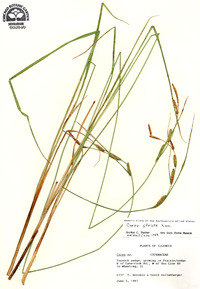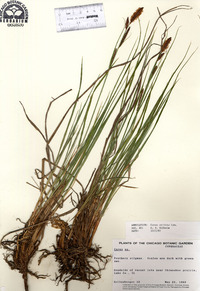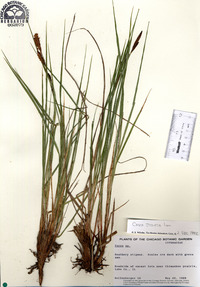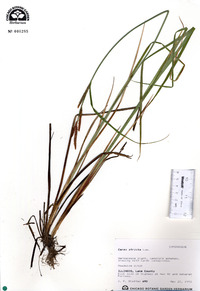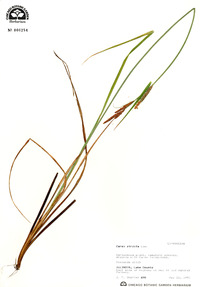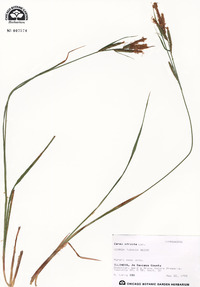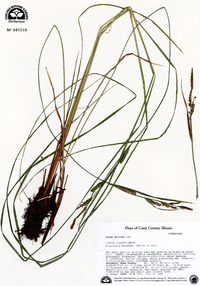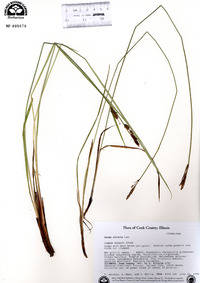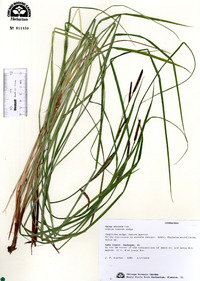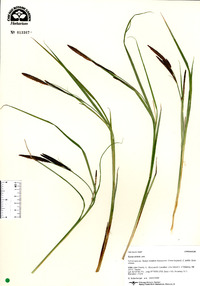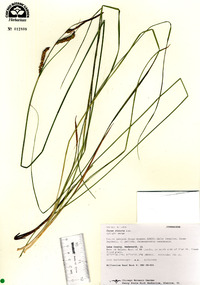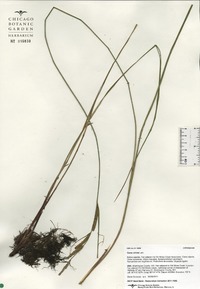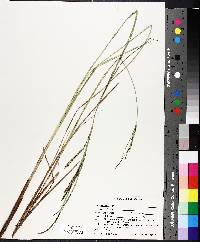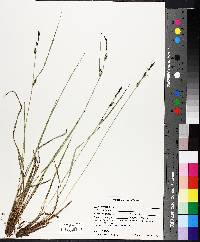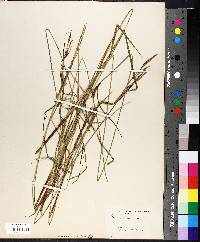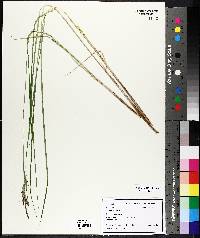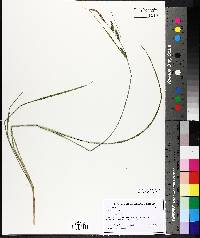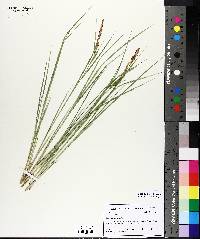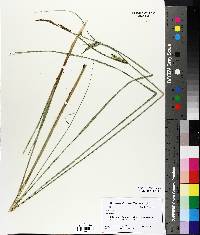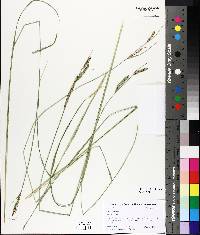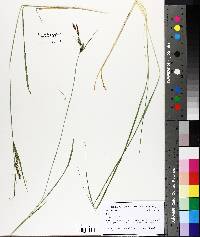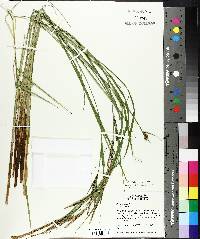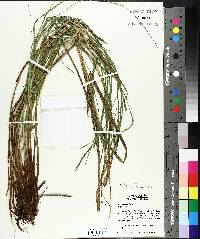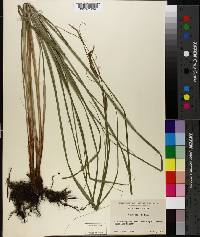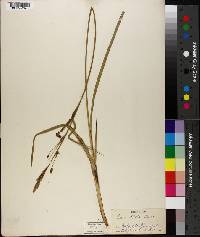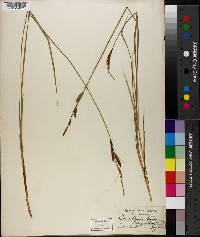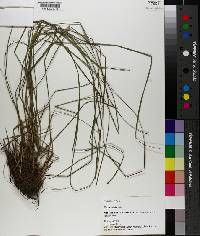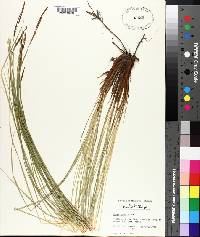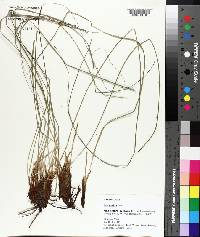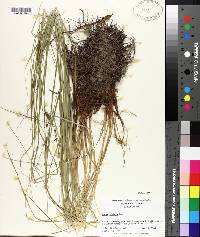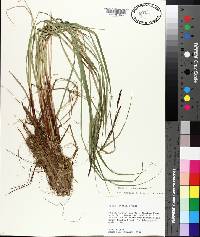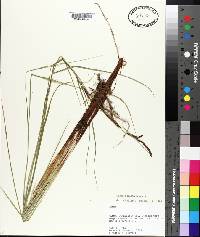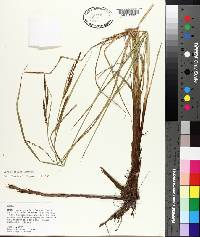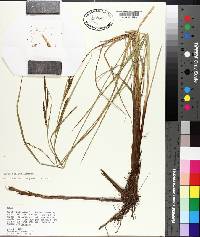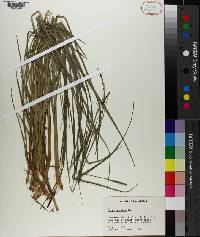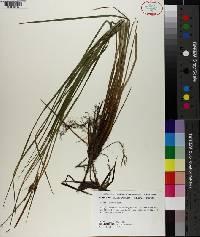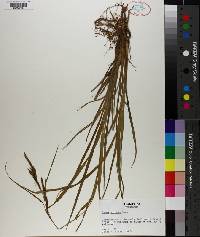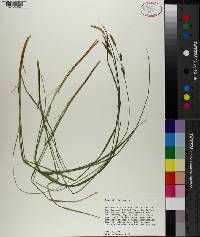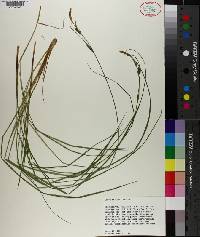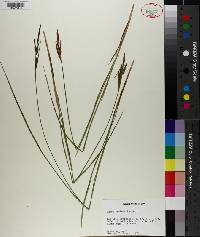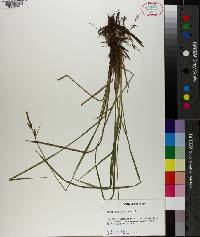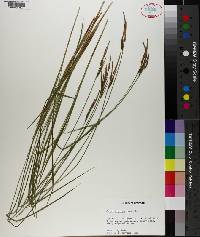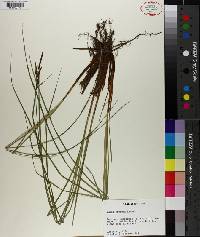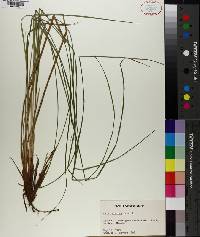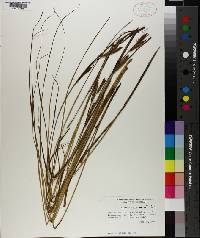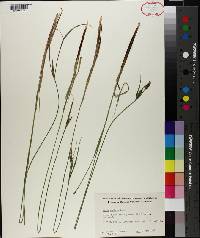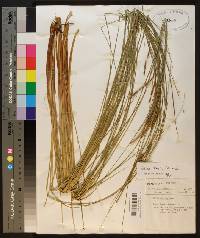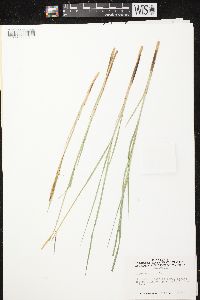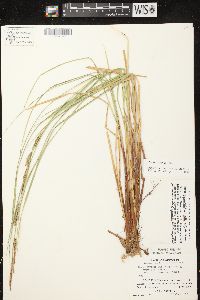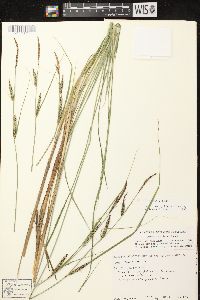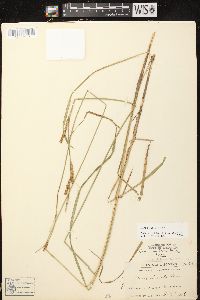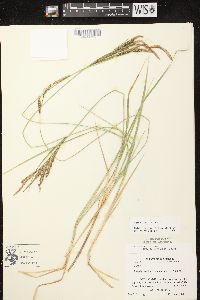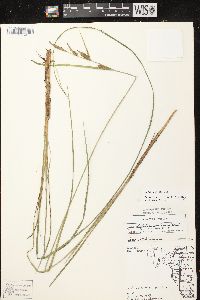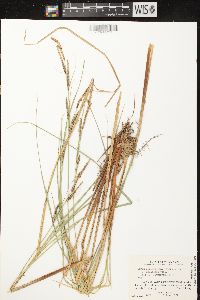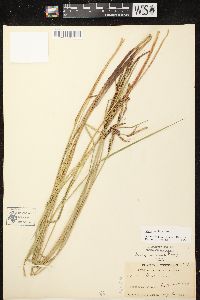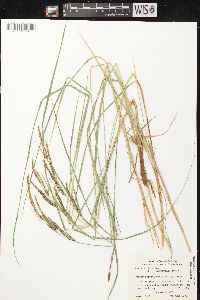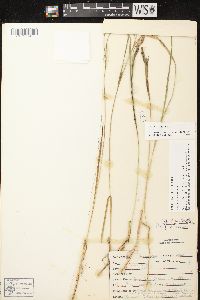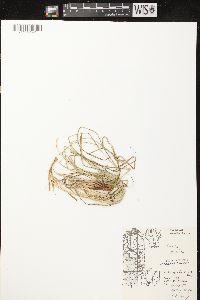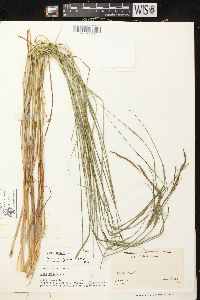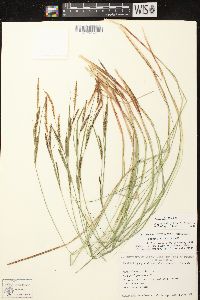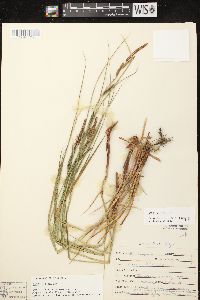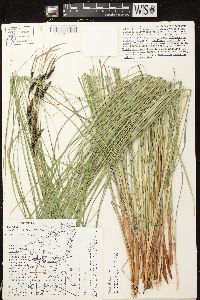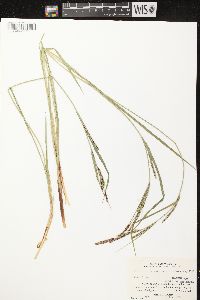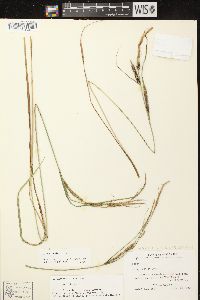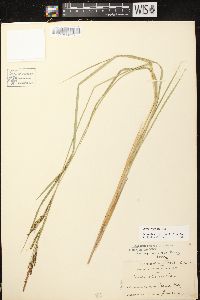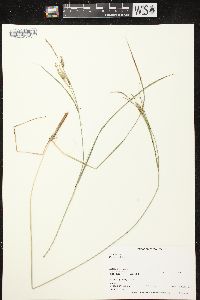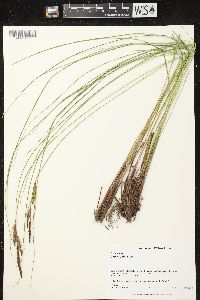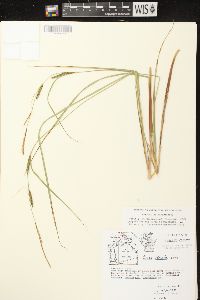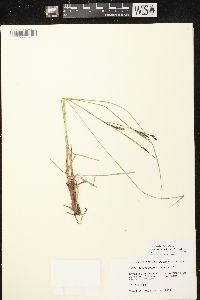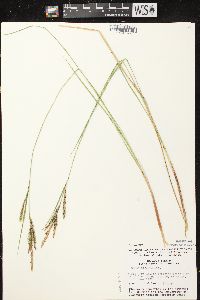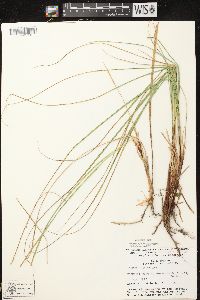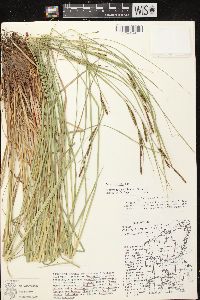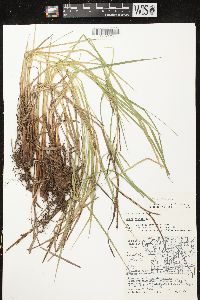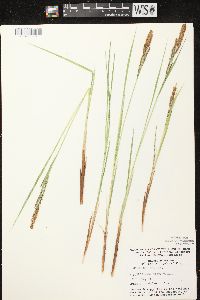
|
|
|
|
Family: Cyperaceae
Uptight Sedge, more...tussock sedge
[Carex prolixa Schur, moreCarex stricta f. curtissima (Peck) Kük., Carex stricta var. curtissima Peck, Carex xerocarpa] |
Plants cespitose; flowering from first-year shoots. Culms acutely angled, 50-150 cm, scabrous. Leaves: basal sheaths red-brown; sheaths of proximal leaves bladeless, scabrous, fronts with red-brown spots, prominently ladder-fibrillose, apex red-brown, U-shaped, occasionally thickened; blades 4-6 mm wide. Inflorescences: proximal bract shorter than or subequal to inflorescence, 3-4.5 mm wide. Spikes erect; staminate 2(-3); pistillate 3-4; proximal pistillate spike 1.6-10.8 cm × 3-5 mm, base cuneate or attenuate. Pistillate scales red-brown, shorter than perigynia, apex acute, awnless. Perigynia ascending, pale brown, occasionally with red-brown spots on apical 1/2, 0-5-veined on each face, somewhat flattened, loosely enclosing achenes, ovoid, 1.7-3.4 × 0.8-1.8 mm, dull, apex acute or obtuse, papillose; beak thickened, 0.1-0.2 mm. Achenes not constricted, dull. 2n = 66, 68. Fruiting May-Jun. Marshes, bogs, wet meadows, shores; 0-1600 m; N.B., N.S., Ont., P.E.I., Que.; Conn., Del., D.C., Ill., Ind., Iowa, Kans., Ky., Maine, Md., Mass., Mich., Minn., Miss., Mo., Nebr., N.H., N.J., N.Y., N.C., N.Dak., Ohio, R.I., S.Dak., Tenn., Tex., Vt., Va., W.Va., Wis. Although no specimens are known from Arkansas, Georgia, or South Carolina, Carex stricta may be expected there. This may be the most common wetland sedge in eastern North America, often called tussock sedge for the distinctive large clumps that form in seasonally flooded sites. Plants in drier sites often have a more rhizomatous growth form. Carex stricta is morphologically variable throughout its range in degree of scabrosity and color of the proximal sheaths, perigynium shape, and length of the inflorescence bract. Coastal populations south of Massachusetts usually lack epidermal papillae but are not otherwise distinguishable from plants from other regions. Carex stricta is frequently confused with C. haydenii; they are similar in their size, growth form, and inflorescence dimensions; Carex stricta can be distinguished by the veined, flattened ovoid perigynia with short scales. This species has been reported to hybridize with C. aquatilis and has been observed to form hybrids with C. nigra.
Plants forming large clumps, with both long and short rhizomes, the stems arising laterally, 4-14 dm, scabrous on the angles, rather lax, usually surpassing the lvs; lowest lvs reduced to bladeless sheaths, these splitting ventrally and becoming pinnately fibrillose; foliage lvs 3-6 mm wide, inversely W-shaped in x-section, the sheaths shallowly concave (and often with a central mucro) at the thickened mouth; ligule acute, triangular, much longer than wide; bracts sheathless, the lowest lf-like, shorter to slightly longer than the infl, the others much smaller; pistillate spikes 2-4, to 6 cm, often approximate and usually overlapping, erect, linear-cylindric, sessile or nearly so, sometimes apically staminate; pistillate scales lanceolate to oblong, from narrower and shorter to less often as wide as and longer than the perigynia, reddish-brown or purple-brown, usually with a conspicuous pale midrib, blunt to acute; perigynia planoconvex to nearly flat, ovate, 1.6-3.4 mm, three-fifths as wide, tapering to a minute, straight beak, 2-ribbed, otherwise nerveless or obscurely nerved on both faces; achene lenticular, filling the lower two-thirds of the perigynium; 2n=68. Abundant in swales and marshes, especially where seasonally flooded; Que. and N.S. to Minn. and Man., s. to Va. and Tex. (C. strictior) A putative hybrid with no. 190 [Carex aquatilis Wahlenb.] has been called C. ءbitibiana Lepage. Gleason, Henry A. & Cronquist, Arthur J. 1991. Manual of vascular plants of northeastern United States and adjacent Canada. lxxv + 910 pp. ©The New York Botanical Garden. All rights reserved. Used by permission. From Flora of Indiana (1940) by Charles C. Deam [Deam's Manual describes two varieties of Carex stricta: the typical variety has glabrous leaf sheaths; var. strictior has hispidulous sheaths and usually a jagged-ciliate margin at the mouth.] [The typical variety of C. stricta is] frequent in northwestern Indiana in marshes and open swamps and on borders of creeks where it generally forms dense tussocks. Less common than the following variety except in Lake County. The dominant plant of "sedge meadows" is most frequently this species or var. strictior. [Variety strictior is] common in northern Indiana in marshes and roadside ditches, often in very marly soil; infrequent southward along the western border of the state. This plant is reputed to grow in beds (not dense tussocks) while C. stricta is supposed to occur in very dense tussocks only. Field observations in Indiana, however, do not indicate that this distinction is at all reliable; C. strictior has often been seen to form conspicuous tussocks and C. stricta was frequently found in beds. The distinctions ascribed by Mackenzie to the foliage characters (leaf blades deep green, channeled and keeled toward the base in C. stricta, glaucous to blue-green, flat or nearly so to the base in C. strictior) seem to be particularly inconstant. The lowest bract is generally larger and more leaflike in var. strictior, but this, too, is merely a tendency. Forms which are transitional in nearly all characters are so frequent in Indiana that it seems best to regard C. strictior as not more than a variety. ...... Indiana Coefficient of Conservatism: C = 5 Wetland Indicator Status: OBL |
|
|
|
This project was made possible in part by the Institute of Museum and Library Services [MG-70-19-0057-19].
Powered by Symbiota

